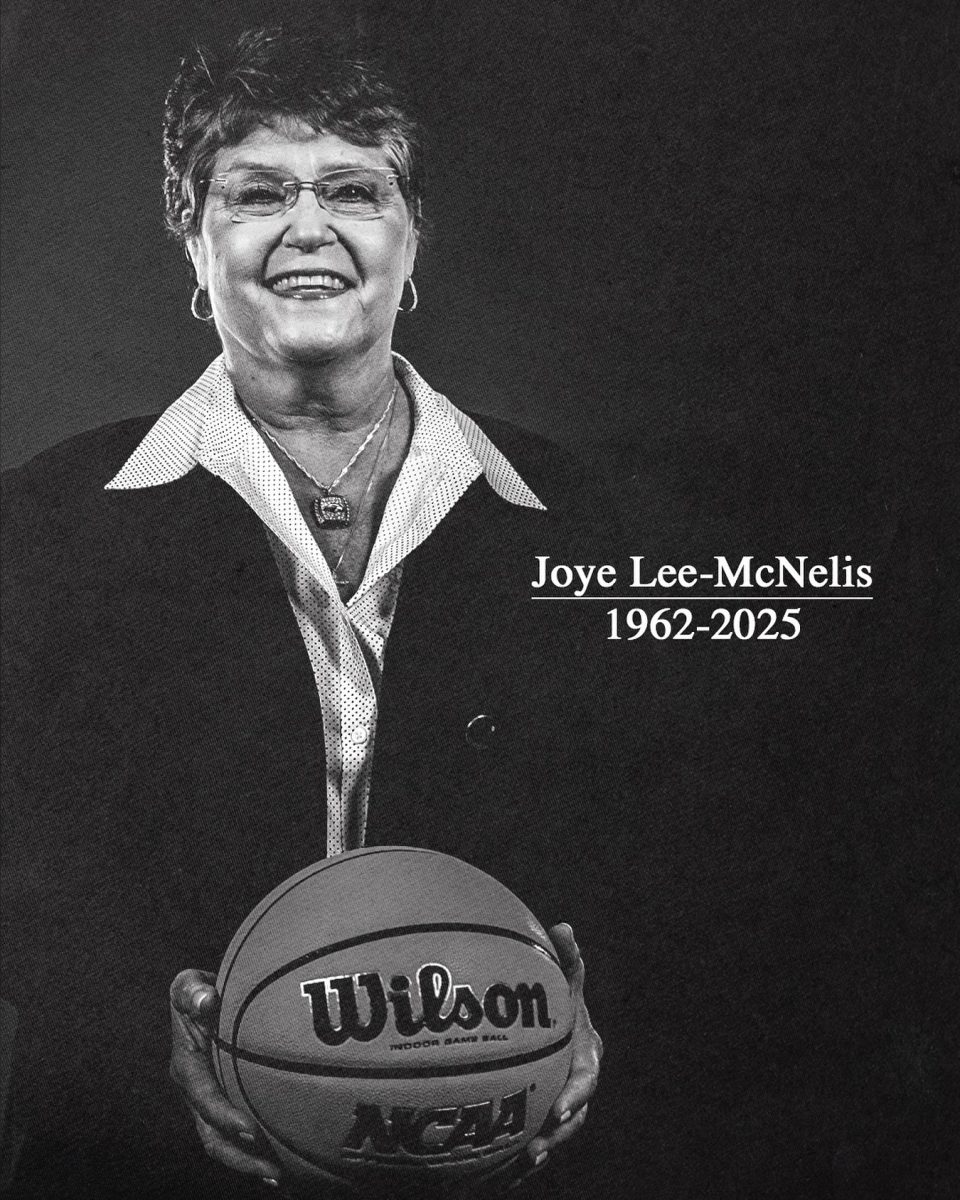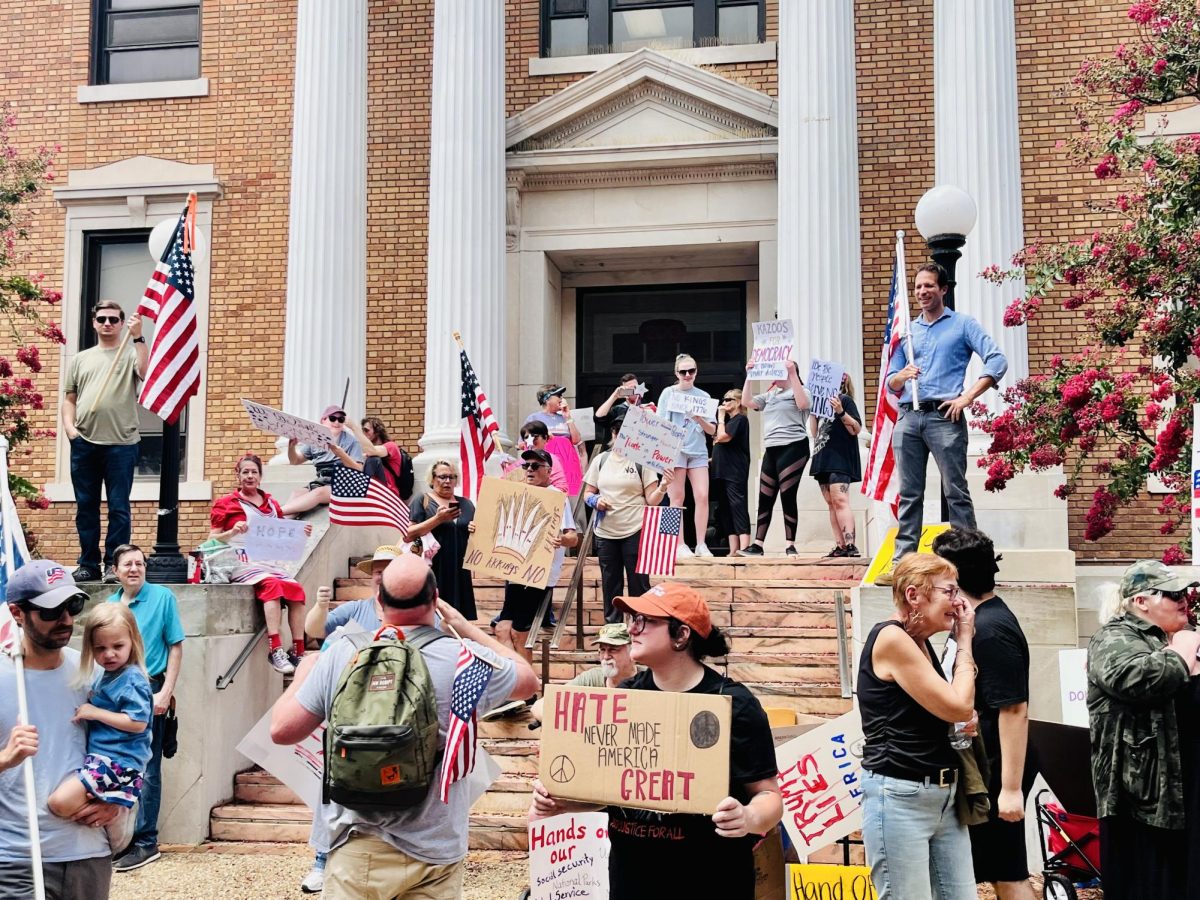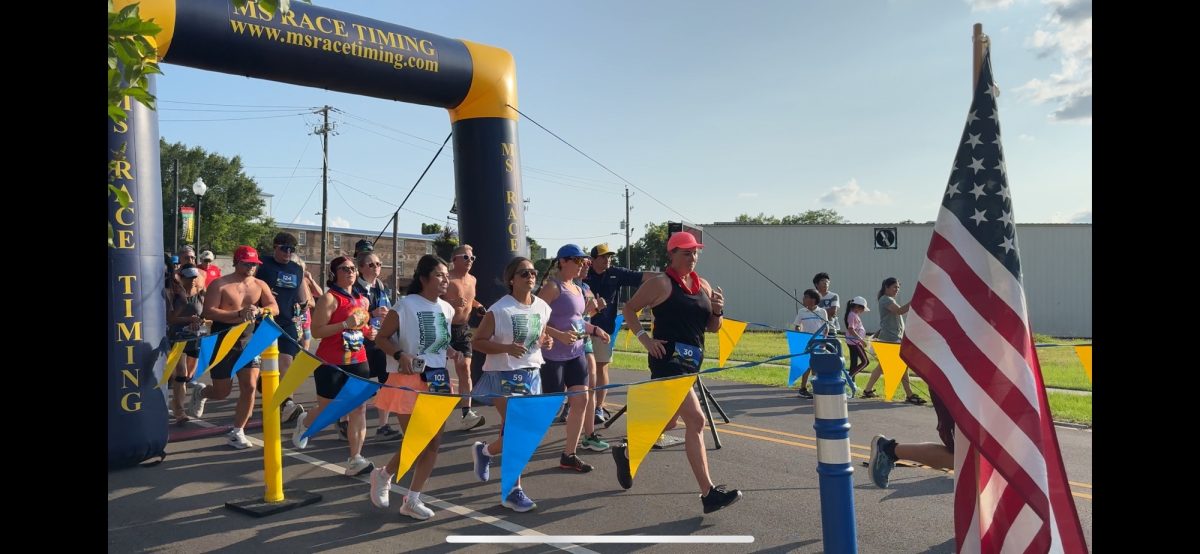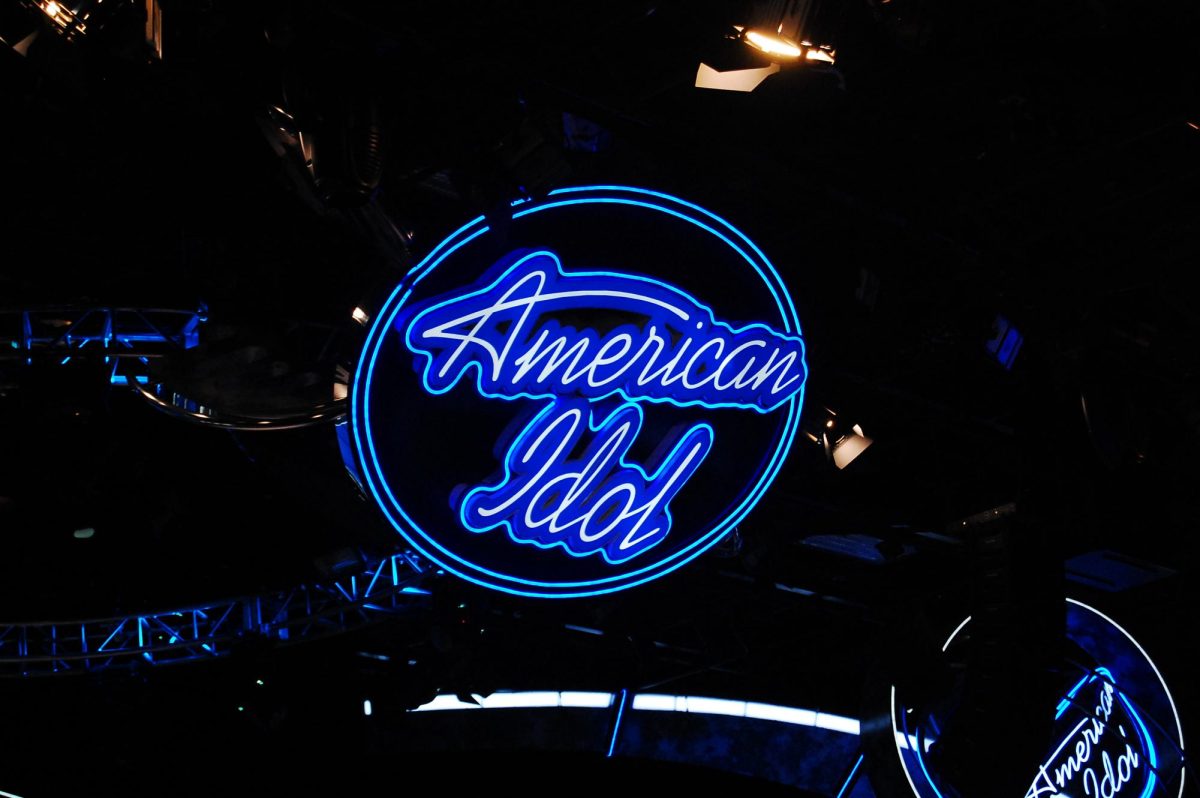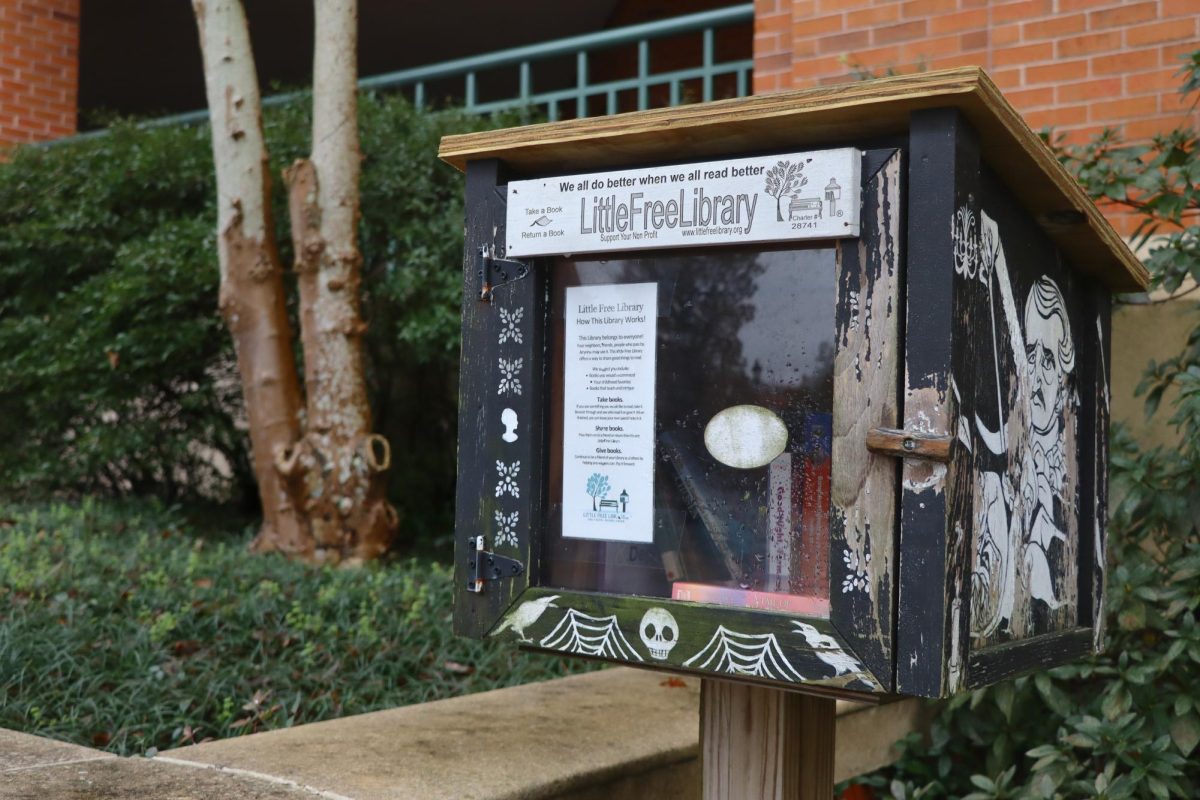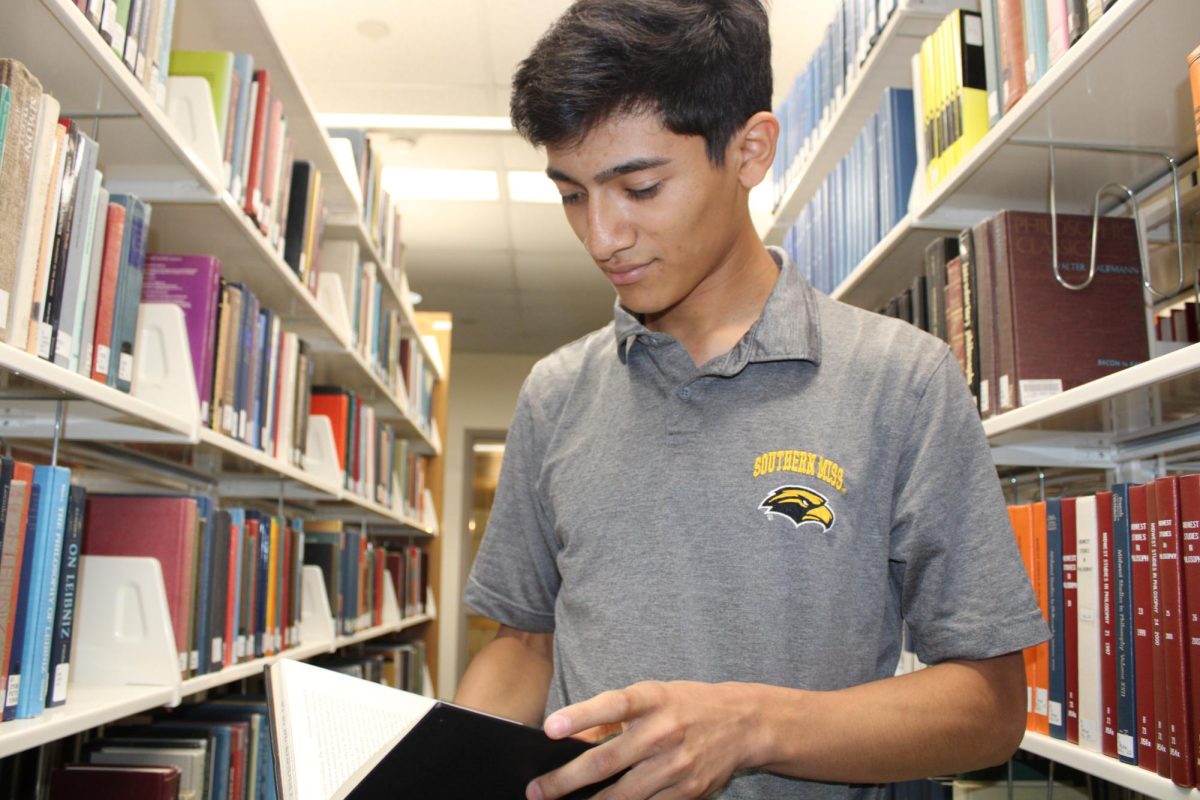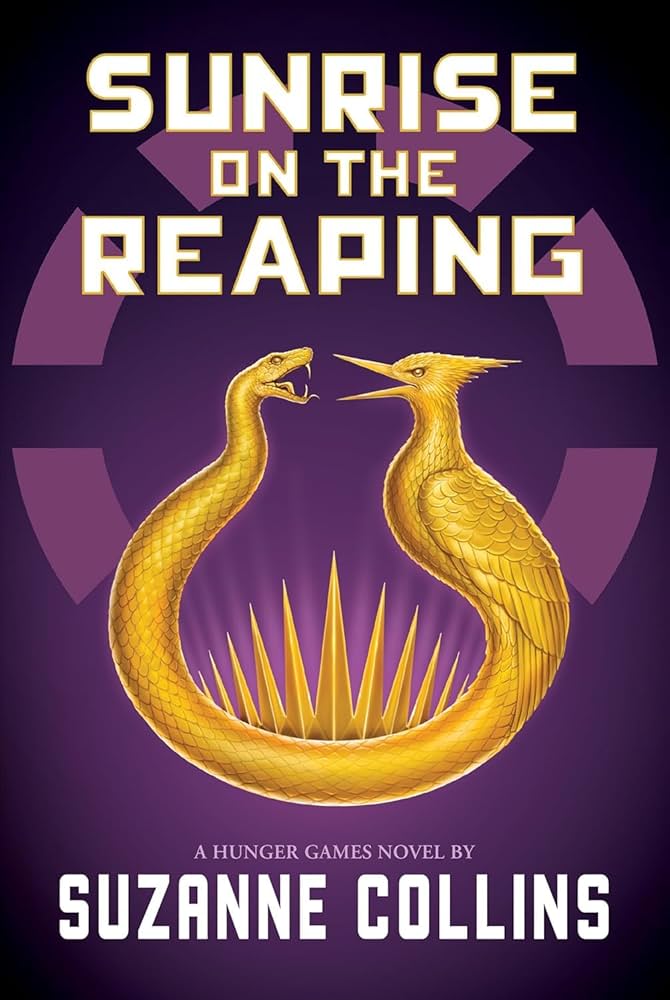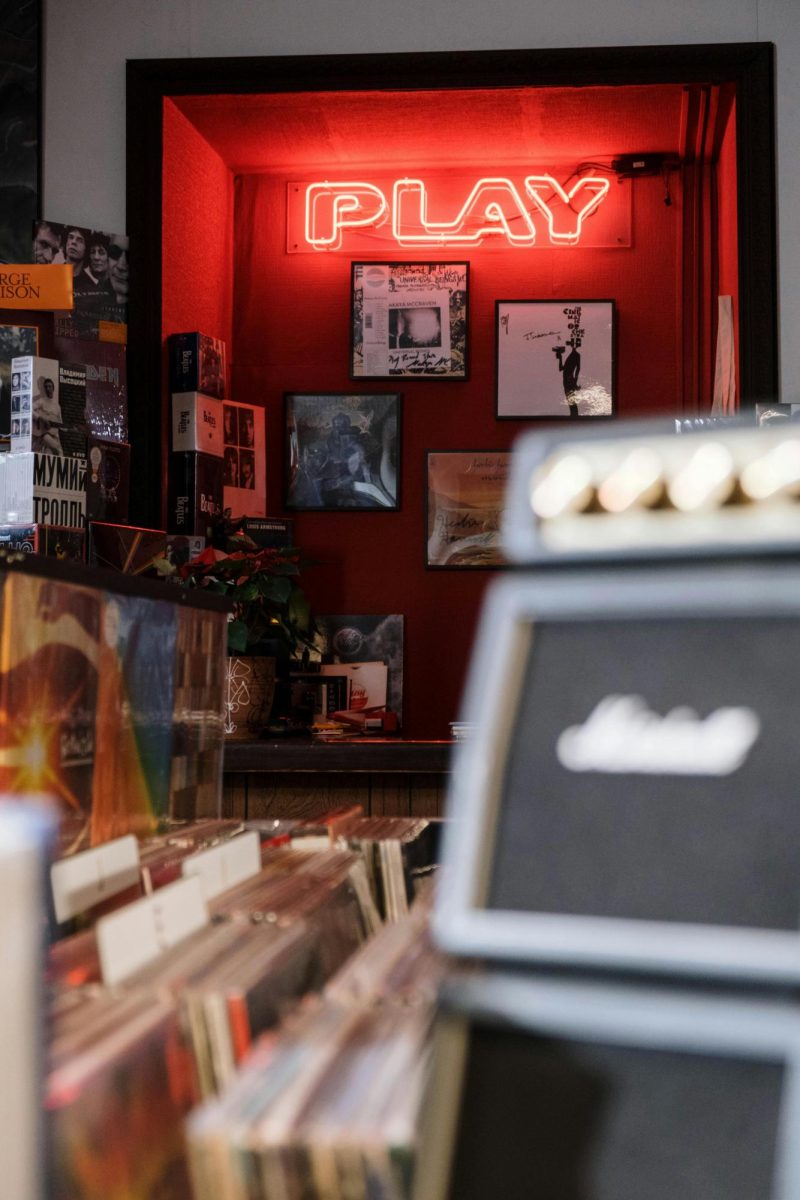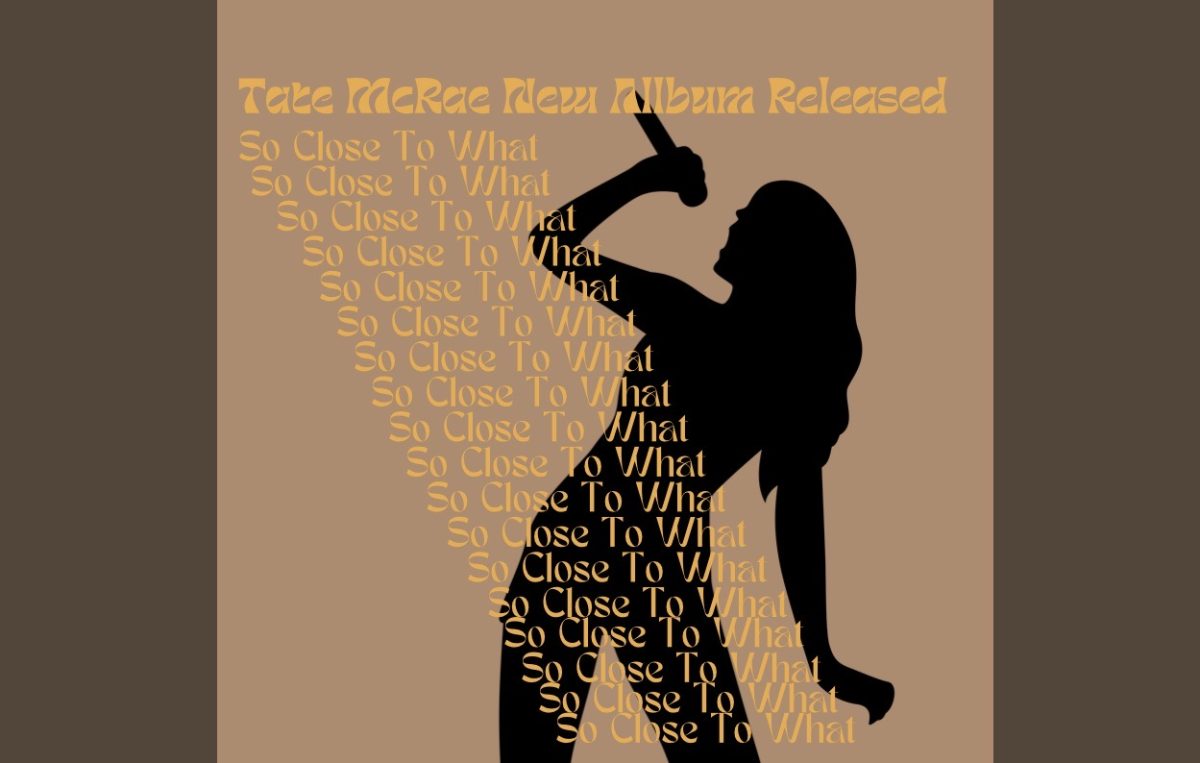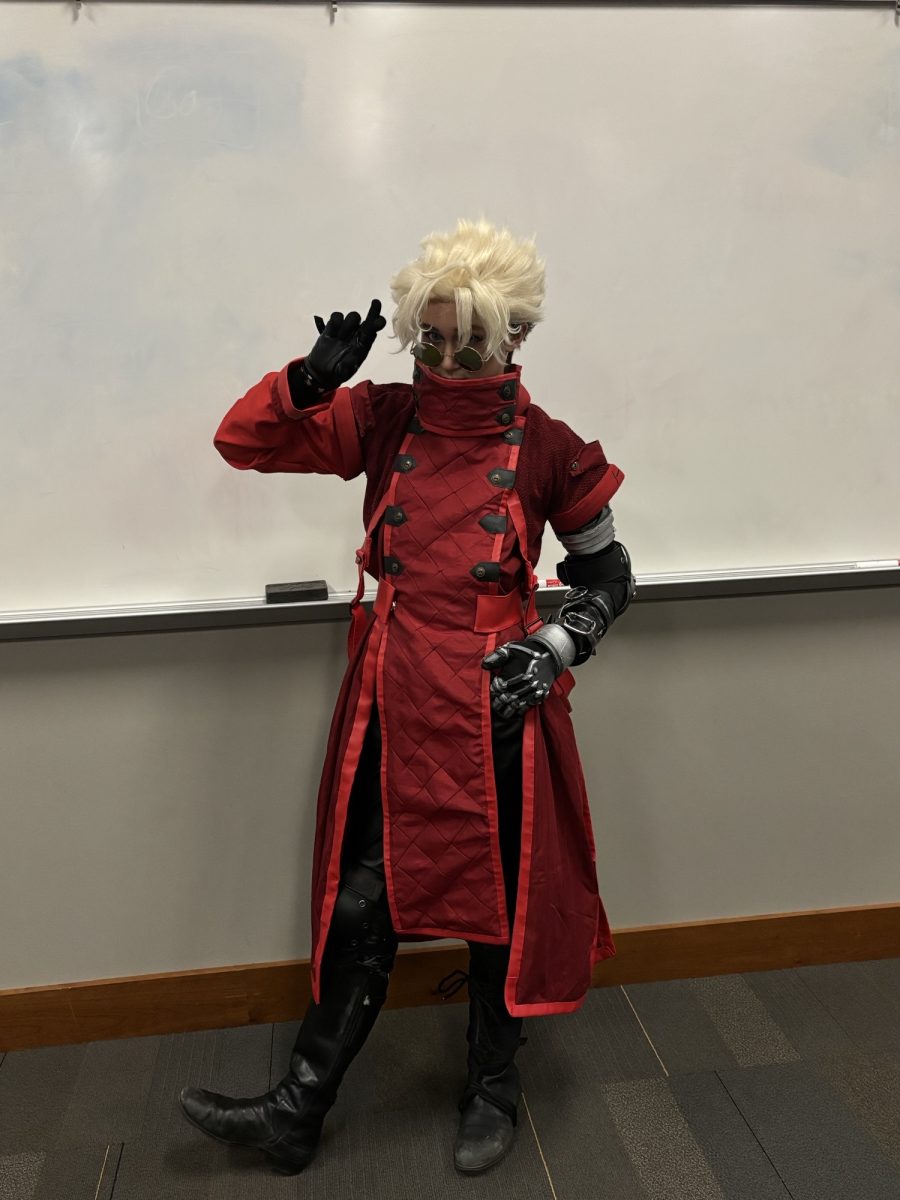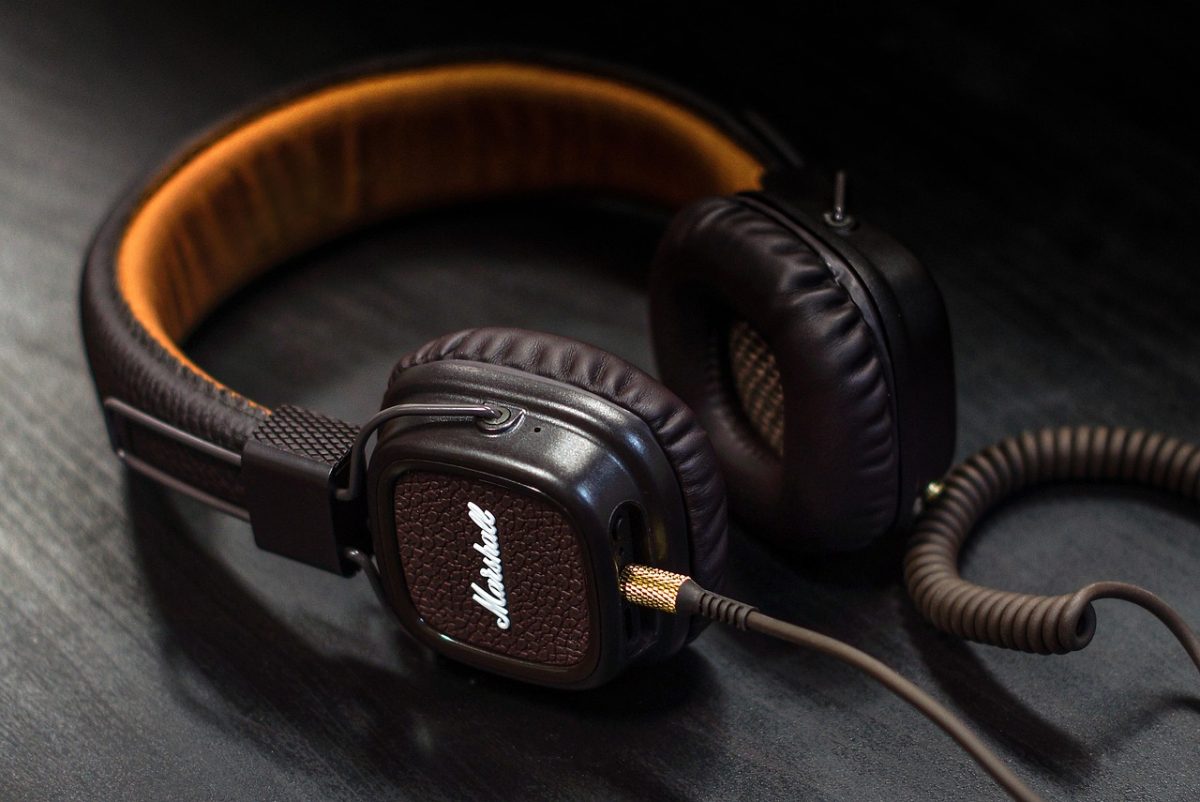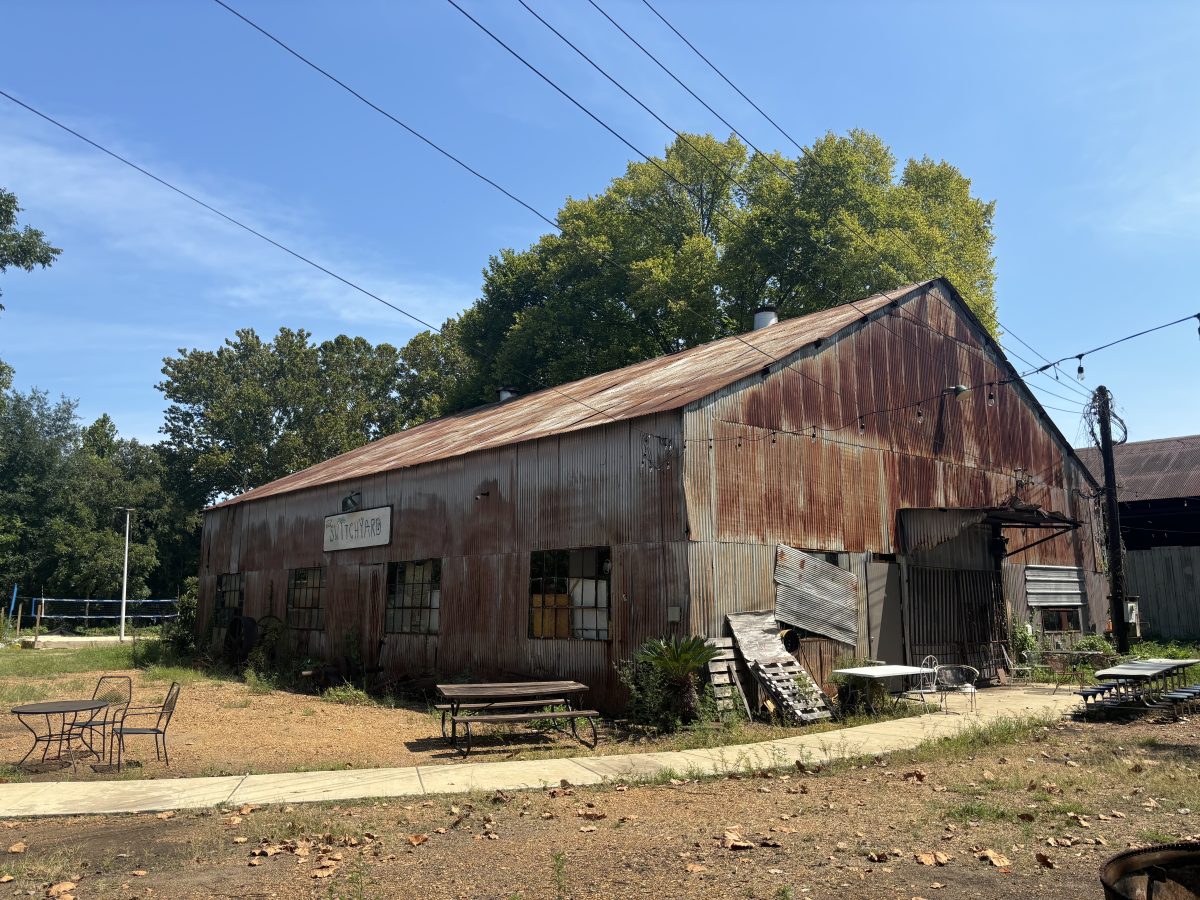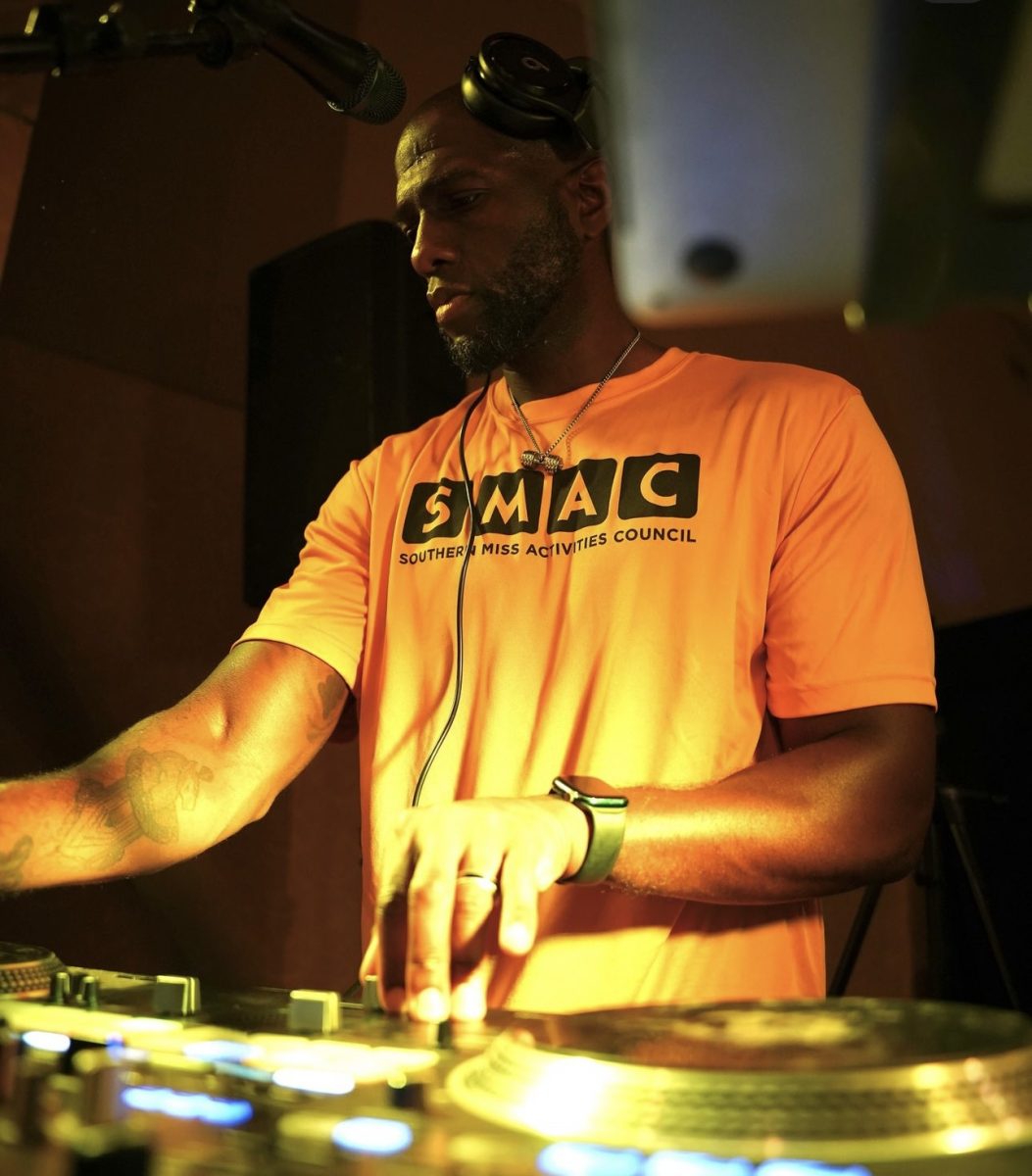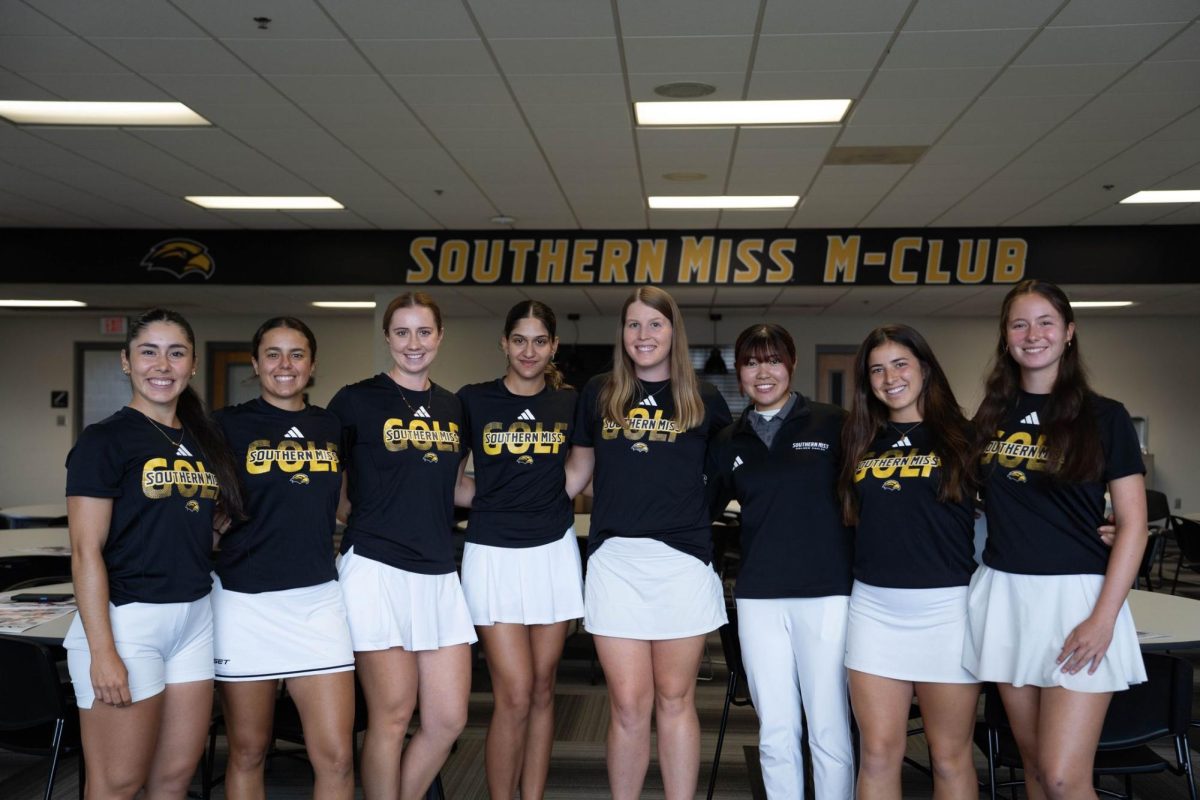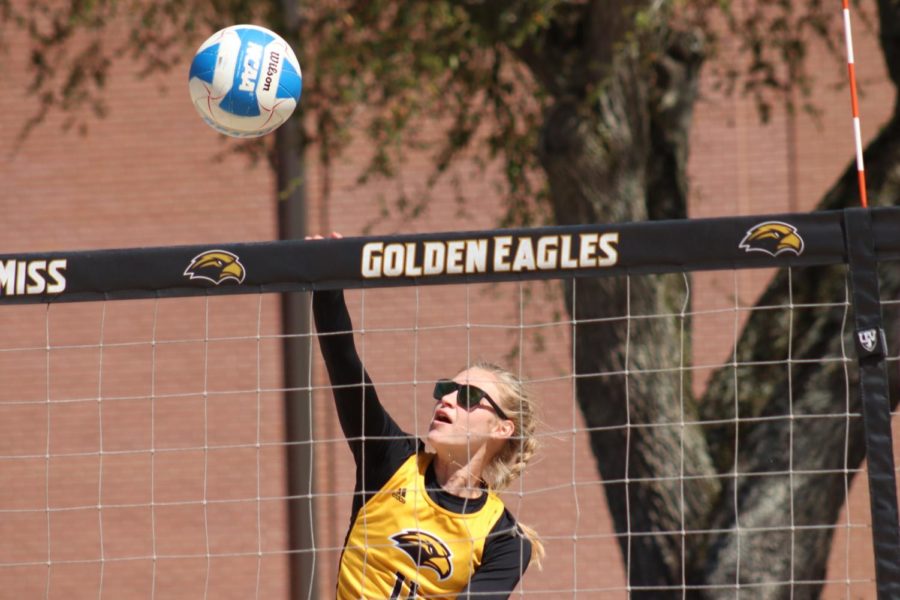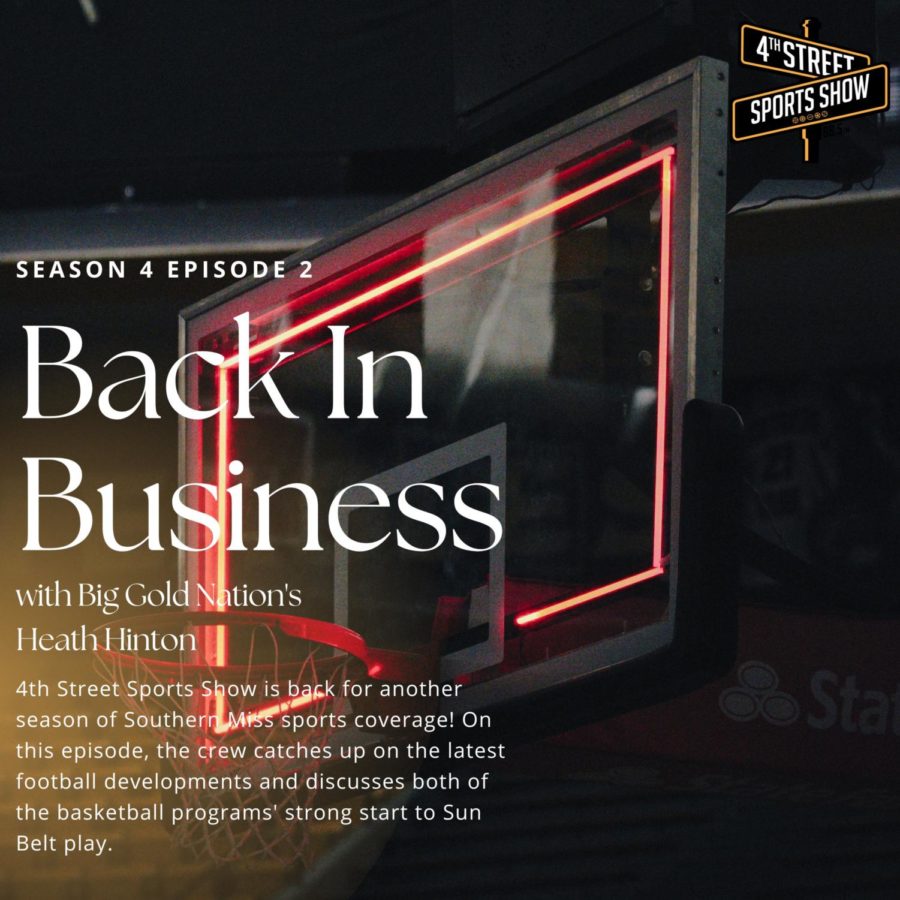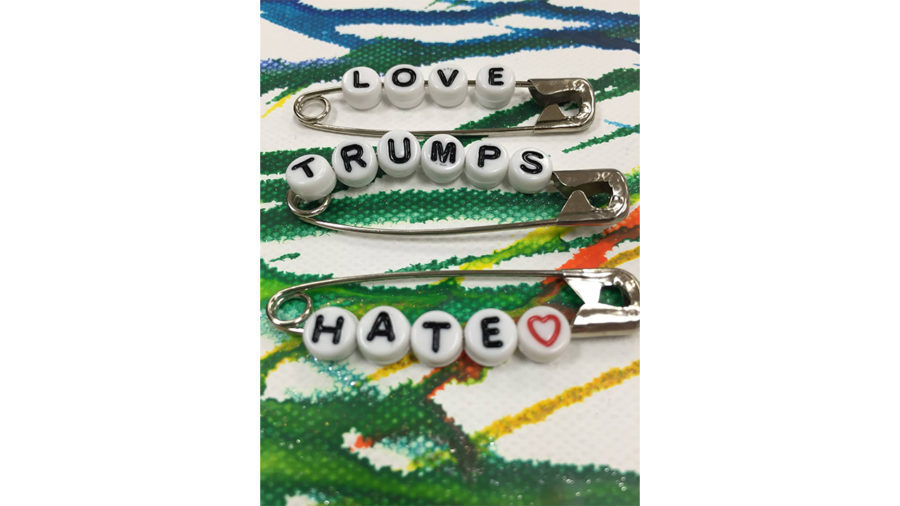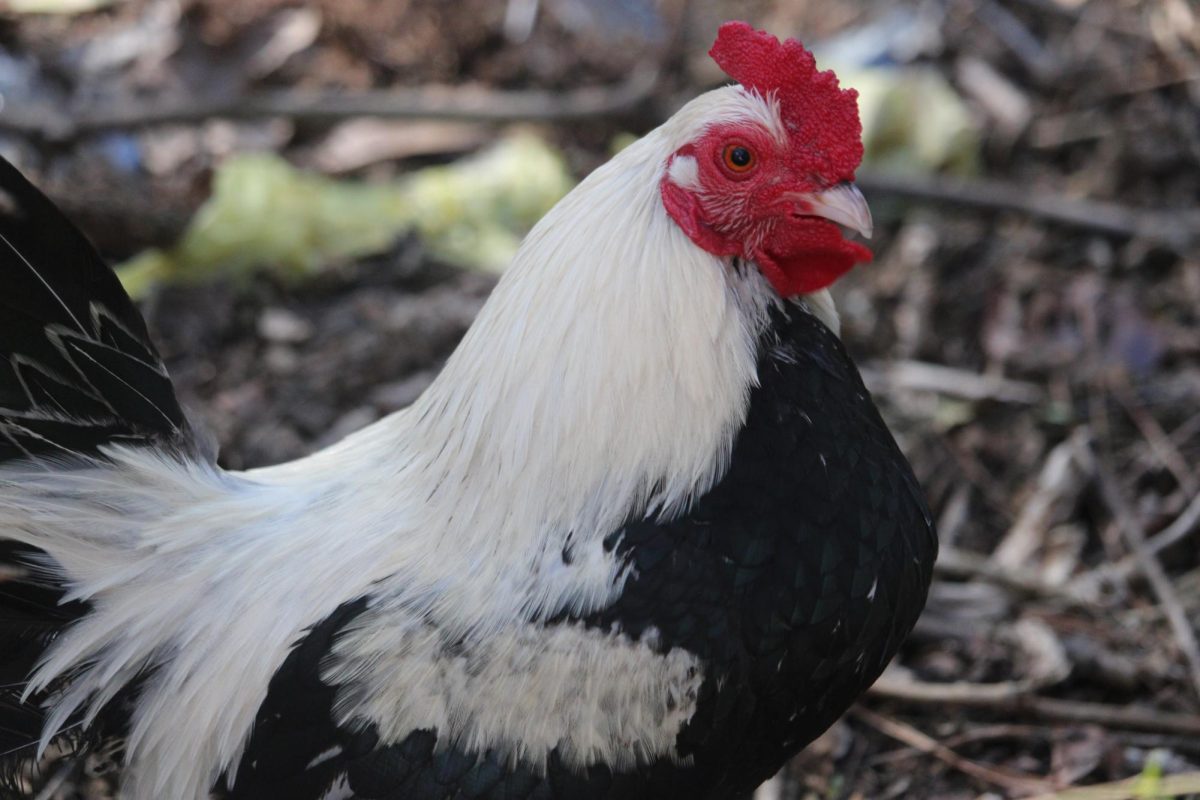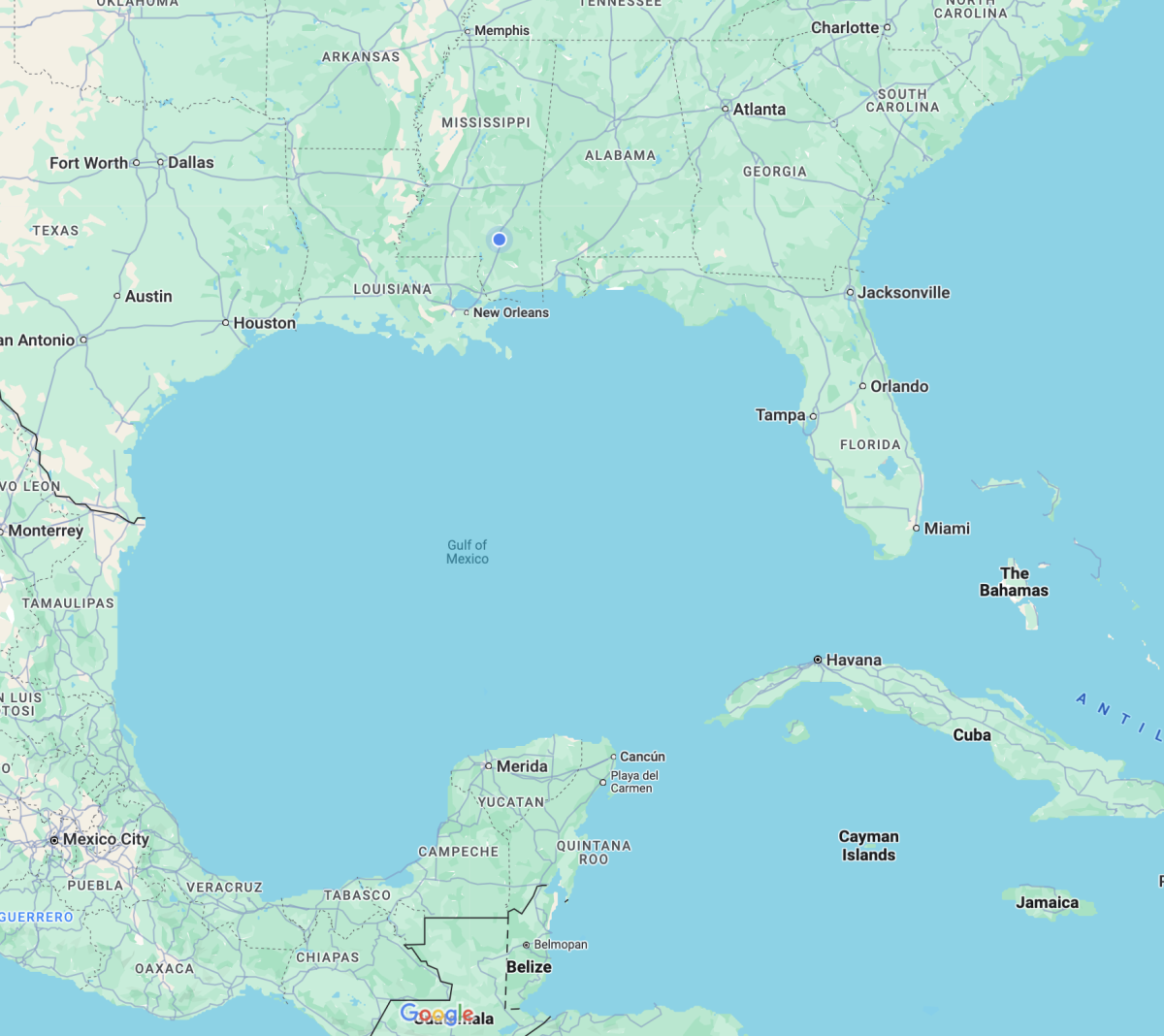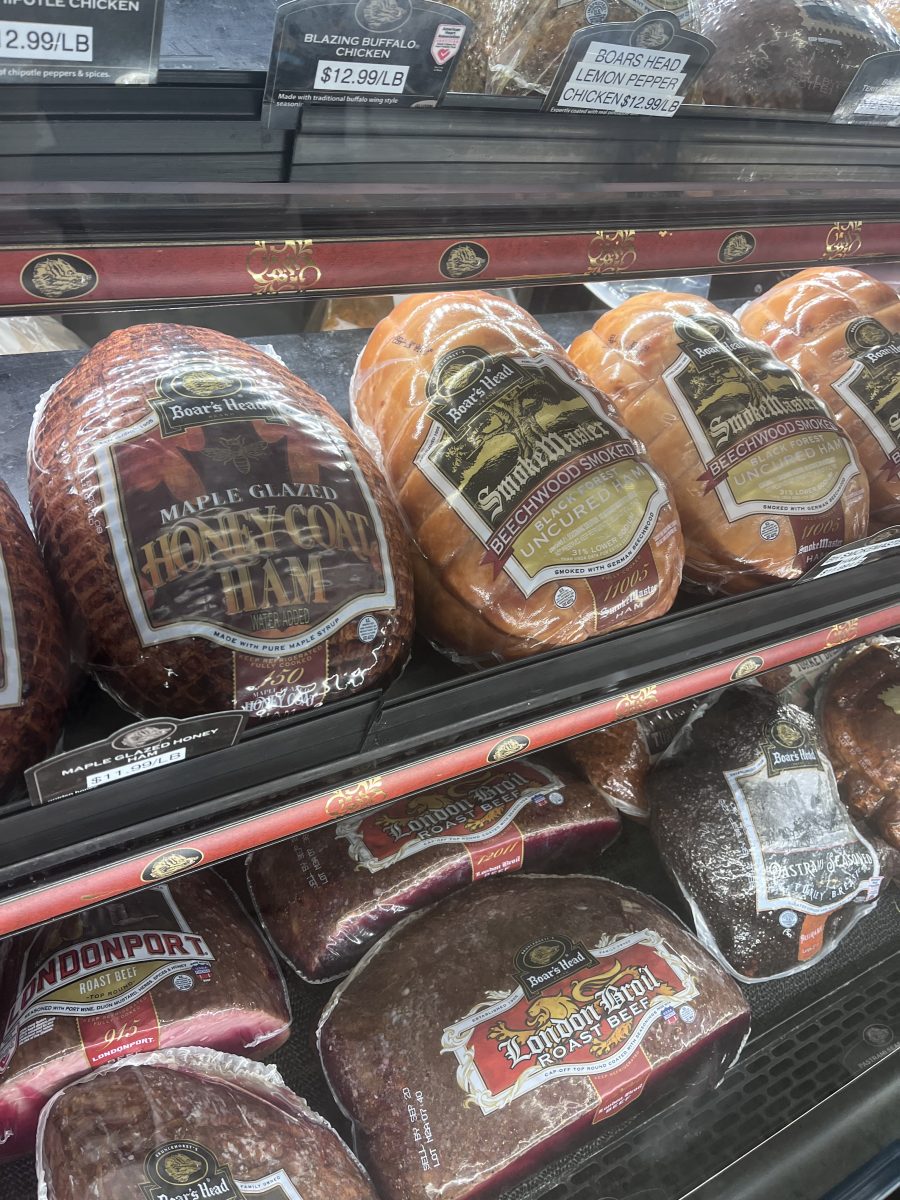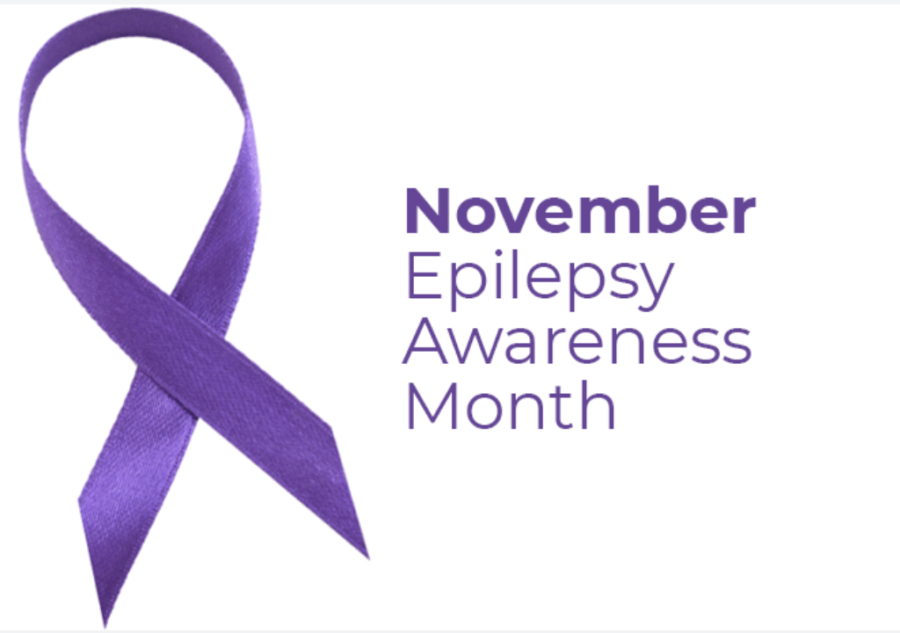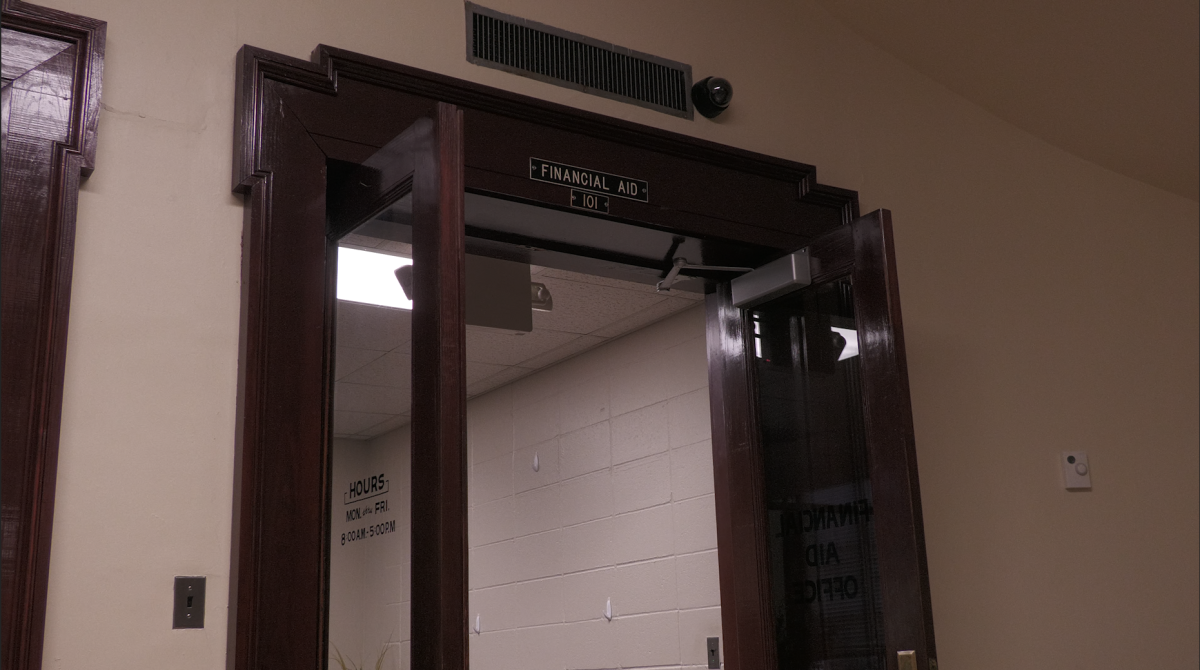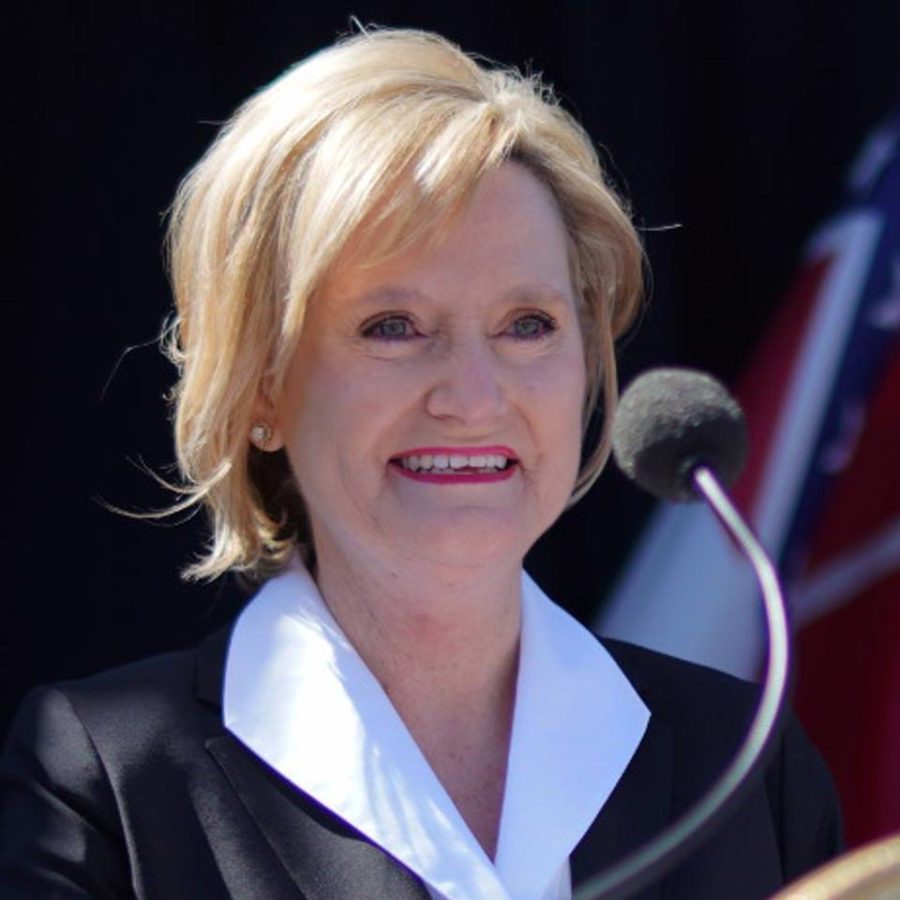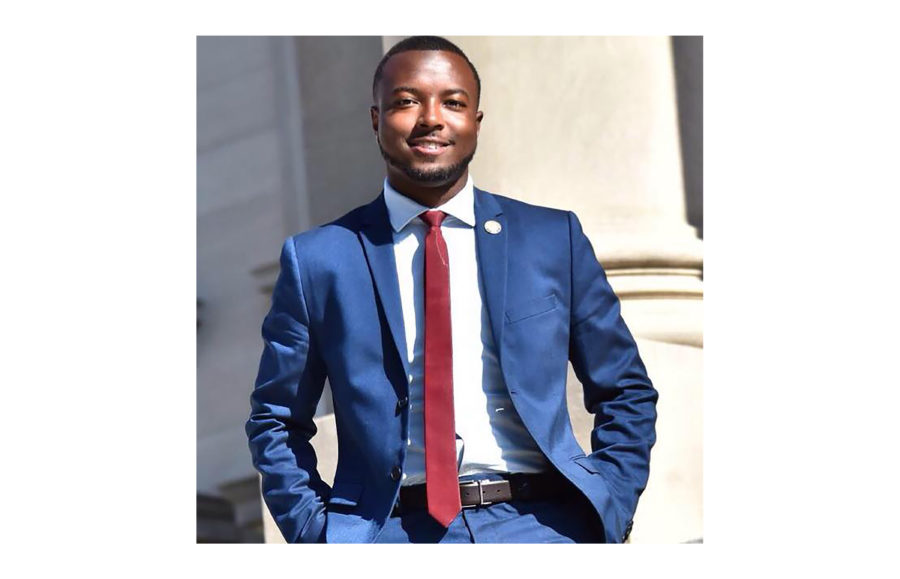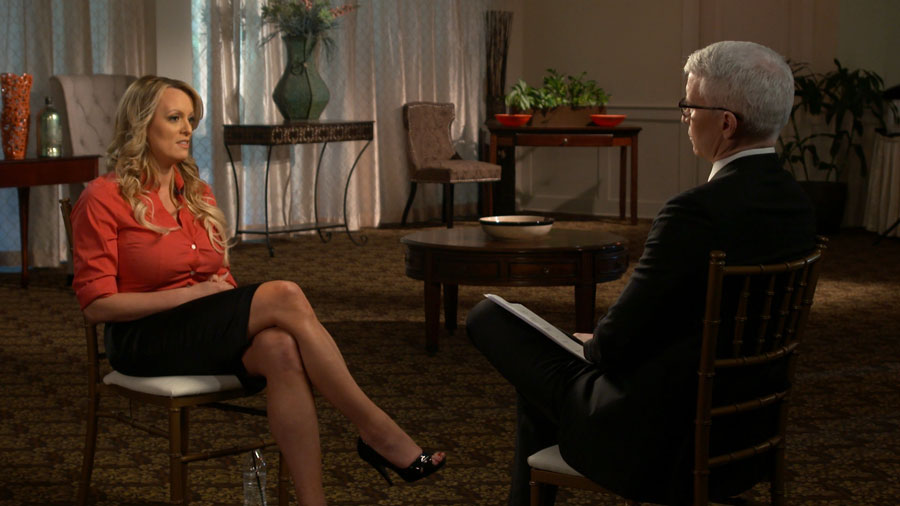Safety pins have recently become a sign of empowerment and solidarity in a time when many Americans are overcome with uncertainty and fear.
The precursor to the safety pin movement has its roots in 2014 in Australia. After a hostage crisis in Sydney, Muslims felt that they could not walk in public for fear of being harassed or assaulted. Other Australians then banded together to protect them — from sitting on the bus with them to walking and providing comfort. In a time when it was acceptable to be afraid, Australians came together and united as one.
The safety sin movement in its current state began when the United Kingdom voted to leave the European Union in June. Many Brits thought this event, now known as Brexit, was anti-immigration and pro-hate and injustice. As a sign of peace and as a step toward progress, the safety pin movement emerged.
For U.K., it wasn’t about making a statement. It was rather a nationwide effort to show solidarity and hope for minorities who felt they could not openly express their feelings. Just like there are safe zones in times of war, the pins symbolized that if the people “stuck together,” they too could lessen the effects of the drastic change and bring hope for a brighter tomorrow. By participating in this phenomenon, people can express that they share a voice for those who sometimes find it hard to have one.
After the unexpected outcome of the 2016 presidential election, leftist Americans felt the loss just as the British people did after Brexit. In a race that will define history, Democratic voters felt that Clinton would keep the hope President Obama would leave. Now a man who fueled his campaign on hate has taken over as the leader of the supposed “greatest country in the world.” There is a definite fear among minorities as they attempt to move forward. However, the safety pins that once dominated the United Kingdom have made their way to the United States and have become a known presence in society.
Nowhere is that presence more prevalent then on college campuses. Liberal millennials who had hoped for a new era of the American dream with a woman president are struggling to grasp the idea of a Trump presidency. Support groups such as “Safety Pin Nation” have emerged from the postelection rubble. Even in the face of adversity, the Safety Pin Nation somehow finds a way to pave a path for light. Jacque O’Kaufman Jones, a nursing professor at Rasmussen College in Ocala, Florida, a member of said group, expressed her sentiment on the issue:
“The day after the election, I stood in front of my classroom of students and struggled for what to say. I wondered how I could let them know that I care about them, that I hurt for them, that I grieve with them, that I will always look out for them. I feel like the pins are a way to say it.”
Nationwide campuses aren’t the only ones participating. At Southern Miss, a wide variety of students have chosen to show their support as people grieve.
“Several people have approached me, some with safety pins, others asking why I had a safety pin on my shirt,” sophomore geography major Kendall Junker said. “It definitely is a conversation starter.”
It is important to note that this is not a Democrat or a Republican issue but a people issue. By the majority showing support for those who do not have a voice, people who once stood on the sidelines can now have a fair playing field. The United States is a melting pot of cultures. Now it is time to embrace the differences and stand together as Americans for the greater good of our future.

